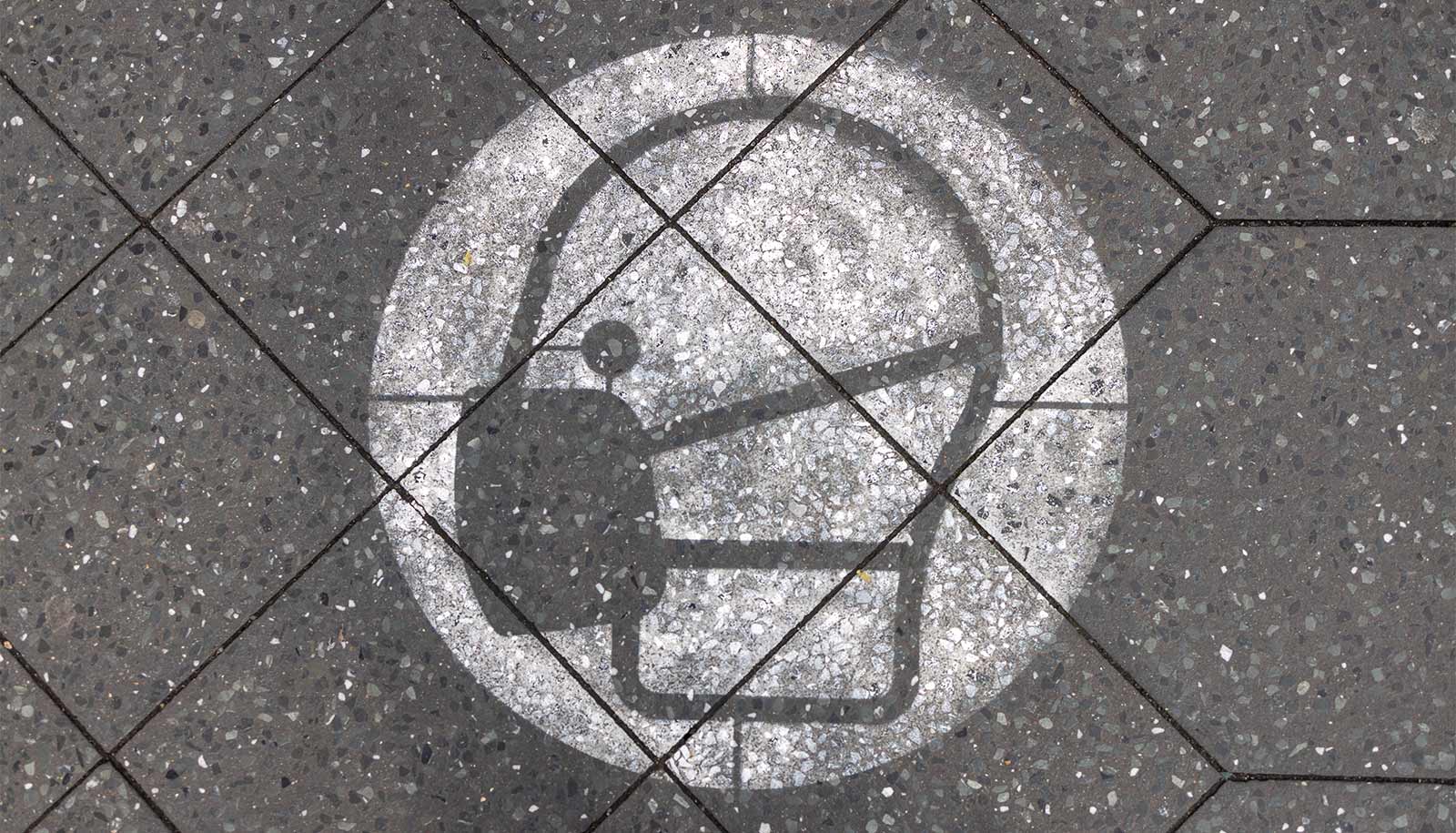Some people say COVID-19 will soon be endemic, but an epidemiologist warns that a return to “normalcy” may leave communities of color and other vulnerable populations at risk
The textbook definition of endemic is when an illness is always present in a given population, but at predictable levels, unlike the waves of COVID cases we’ve seen in the pandemic.
But what does “endemic” for COVID-19 look like? And what’s the best way to get there?
Ramnath Subbaraman, an assistant professor at Tufts University School of Medicine, cautions against simply “declaring that we’re done.”
Subbaraman is the associate director of the Tufts Center for Global Public Health and an infectious disease physician specializing in tuberculosis, which is considered endemic in certain parts of the world and was the leading infectious cause of death worldwide before COVID-19 arrived.
Here, Subbaraman explains more about endemicity and the potential risks of a return normalcy:
What is the definition of endemic?
To me, endemicity for COVID-19 means that we reach a stage where we can make a shift to normalcy and are not facing social disruption.
My major concern is: endemic for whom? Are we going to base endemicity on some people having low individual risk—those who are vaccinated with low comorbidities? Or are we going to set thresholds at which the vast majority of people in our society are safe—including older individuals, people with multiple comorbidities, immunocompromised people, and communities of color?
Across the country, communities of color have been much more vulnerable and suffered considerably greater deaths. It’s been almost a completely different pandemic for them. Through September 2021, 1 in 1,300 white people had died of COVID-19 as compared to 1 in 480 Black people, 1 in 390 Latinos, and 1 in 240 Indigenous people. Black and Indigenous children have been 2.7 and 3.5 times more likely than white children to die of COVID-19.
Are those communities going to be left behind when we move toward endemicity? The implication around the debate is we should end mask mandates and back off on surveillance testing knowing there could be a consequence of increased transmission. What’s unacknowledged is that the deaths will fall unequally, affecting some communities more than others.
Why are some communities more vulnerable?
People in low-income communities and communities of color are often essential workers who can’t work from home. Children of Black, Latino, Indigenous, and Asian families are much more likely to live in multigeneration families so if they get infected at school, they may infect older family members, with bad outcomes.
When infected, these Black and Latino people were less likely to receive therapies that prevent bad outcomes, like monoclonal antibodies. More privileged people got quicker access to vaccines. Although Black and Latino adults are catching up with the original vaccine series, children are behind on the initial series, and adults in many communities of color are behind on boosters.
How can we get to endemicity in a way that doesn’t leave anyone behind?
I don’t feel comfortable achieving endemicity by just declaring we’re done. If we do that, some communities will do OK and some won’t.
The way I would like to achieve endemicity is to maximize our use of tools that can drive down transmission—vaccination, masking when the rates of COVID are higher, a constant scale-up of testing, and contact tracing.
The tools are in our hands if we really want to invest in public health to achieve endemicity. For example, while many states are setting arbitrary dates for removing mask mandates in schools, recent modeling studies suggest that we need to achieve far lower community rates of COVID-19 than we have right now to be able to let up on masking without increasing transmission among students, staff, and families.
Is closing schools one of those tools?
No, I’m not talking about shutting down schools or society. What Tufts and other universities have done is we’ve maximized the use of the tools we have, like masking and frequent testing, to allow the undergraduate experience to continue.
How will we know when COVID surges and peaks are behind us?
It’s a struggle to determine when that moment happens. Over the last two years, there are multiple points where we thought we were reaching that stage. One example was last summer when our CDC director Rochelle Walensky—who is a brilliant infectious disease doctor, widely renowned across the infectious disease community—backed off masking for vaccinated individuals, and our president declared a moment of freedom, and it wasn’t.
In India, at that time, there was an enormous number of deaths—the highest number we’ve seen anywhere—from the emergence of Delta. I had two relatives who died in the same week in India, and I’m wondering: how are we talking about taking off our masks?
It shows how challenging it is to try to define a certain moment. I would just say we need to acknowledge that the future is unpredictable. The positive thing is we have many effective tools available. Any move towards normalcy should acknowledge that we will only get there by ensuring equitable access to these tools.
Now that Omicron is declining and so many Americans have some level of immunity from vaccines and/or infection, aren’t we on the verge of endemicity?
That’s the trillion-dollar question. I have two takes on that. One take is that any increase in population immunity is helpful. As people gain more immunity, they have greater protection against hospitalization and death if they get re-infected, so that leaves me with some optimism coming out of Omicron.
With that said, we’ve clearly seen new variants emerge that can re-infect us, like Omicron. It may be less potent, but when it infects a lot more people, it kills more people too. In Massachusetts, the peak of deaths from Omicron last month was higher than the peak of deaths we experienced during the wave last winter, before there was wide accessibility of vaccines. We don’t know whether future variants may have some level of immune escape that will put us back in our original position.
How can we protect against future variants?
We need global vaccine equity so we’re less likely to see variants that keep us in the pandemic stage. Right now, if you look at the UN and WHO Vaccine Equity Dashboard, 2 in 3 people in high-income countries have been vaccinated compared to 1 in 8 people in low-income countries.
With both Delta and Omicron, our very slow roll-out of vaccines globally really harmed us and put us in situations where infection rates rose again. To me, it’s dumbfounding that the global vaccine rollout is not on the front page every day.
Source: Mary-Russell Roberson for Tufts University



